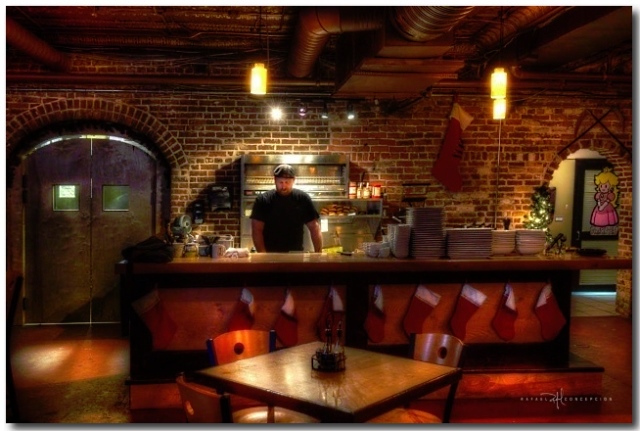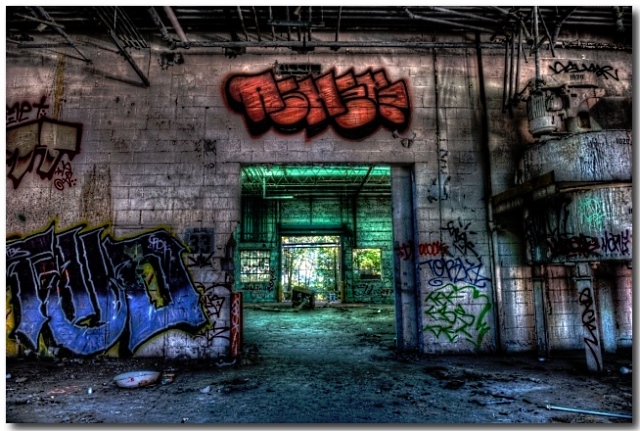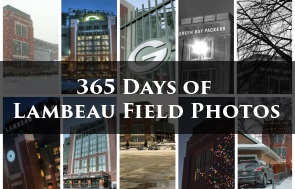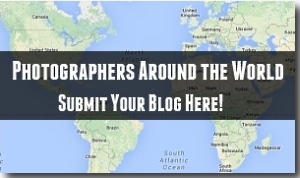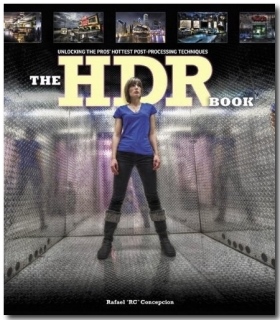 Rafael “RC” Concepcion’s The HDR Book, is an easy to understand book that gives helpful HDR tips, advice, and step-by-step tutorials. The book is a good primer to see how a professional edits photos with photoshop into beautiful pieces.
Rafael “RC” Concepcion’s The HDR Book, is an easy to understand book that gives helpful HDR tips, advice, and step-by-step tutorials. The book is a good primer to see how a professional edits photos with photoshop into beautiful pieces.
Tips and Advice
The beginning of the book starts by giving useful pieces of advice while shooting HDR photography. Things like using the right camera mode, how many exposures to take, using bracketing on your camera, and raw vs jpeg are all discussed with advice on what works best for the author.
The second chapter follows up by discussing what types of settings are best for HDR. He acknowledges that sometimes the technique is a bit overdone and can get old quickly, but it does have certain benefits to taking great shots that other techniques don’t allow. Some of the types of photos that are great for high dynamic range, according to Rafael include:
- Old Stuff – Grungy dirty look pictures of old things are very well accented by high dynamic range.
- Rooms With a View or Window – If you’re taking a single picture in a room with a window, the window is often completely overexposed, or the room is completely underexposed. Multiple exposures allow an image to show clearly the room, and the view outside.
- Dimly Lit Interiors – By taking advantage of multiple exposures, the low lit interior can become more colorful and bright without additional lighting.
- Sci-Fi – If you’re taking sci-fi type pictures HDR can definitely make it look more like concept art than real life.
- Twilight – Especially during the golden hour, HDR can bring out amazing colors and tones that are really highlighted with this technique.
Photographer Spotlights
Throughout the book you’ll also find several interviews with photographers using the techniques in the book. Questions like, “what got you into photography,” How does HDR help you to achieve your vision with images.” and Is there a specific style you find yourself shooting,” are all questions photographers respond to in the book.
The questions often seem a bit generic and not very meaty, but it was good to see other photographers photos and what can be accomplished using high dynamic range. In total you’ll find four of these spotlights throughout the book.
Step-by-Step Tutorials
The part of the book in which you’ll learn the most is the step-by-step tutorials. The ten projects Rafael illustrates in his book show you how to get the same results of his final images. Each project gives step-by-step instruction of how he edited the photos and a little bit of a background on the image itself. This is where I learned the most from the book and enjoyed seeing the presets he used often along with some tips and tricks he used to make his images pop.
Rafeal considers one of the most important keys to successfully creating a high dynamic range photo is in post-processing, so these step-by-step examples show you his tricks of the trade.
A typical project involves about 13-15 easy to follow steps along with an explanation of why that step is being taken and the resulting image for each step. The last project is unique in that it highlights doing HDR for a single image, which is an uncommon, but possible technique.
Not only does Rafeal show you how he does his post-processing, he provides online downloading of the project files, with videos so that you can follow along and learn with the same case studies, which is a great addition to the book. You can then use those images for personal use, but not for commercial reasons. You can find the downloads Rafael offers here: http://www.kelbytraining.com/books/hdr.
A typical downloadable file, looks like the image below, with several exposures and image presets. Each project has its’ own downloadable file.
Final Thoughts
If you’re looking for a good primer book that gives tutorials in which you can learn hands on while getting expert advice, this book is for you. The HDR Book will help beginners learn the basics, and more advanced readers gain a few editing techniques and tricks along the way.
Get Your Copy of The HDR Book from Amazon.
